Best Travel Destinations For 2013 (And Why)
Seoul, Korea
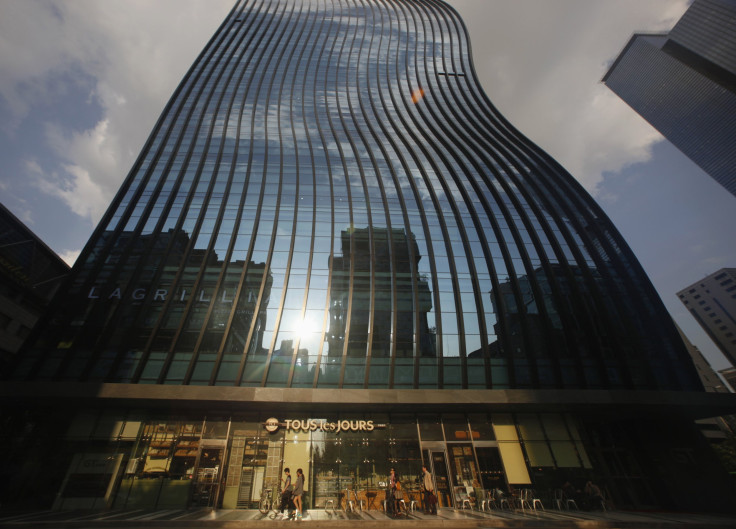
Once known for its electronics, auto manufacturing and steel industry, South Korea has a new, quirkier export to offer the world: K-Pop. Horse-hopping PSY and other Seoul sensations put the Korean capital on the map in 2012, but beyond the bubblegum pop, Seoul is also making a name for itself as one of Asia’s premiere sporting destinations, particularly for avid golfers. The nation as a whole boasts more than 100 golf courses, with new greens popping up around Seoul each year from the likes of Jack Nicklaus and other renown architects. Of course, Seoul is perhaps best known as a neon-saturated megalopolis where underground shopping malls, towering skyscrapers and age-old palaces fight for space in one of the most densely populated urban centers in the world. They say New York is the city that never sleeps, but it seems a touch fatigued next to Seoul.
Why travel to Seoul in 2013? Who could have predicted that PSY’s “Gangnam Style” would become the most watched video in YouTube history? Nobody. But that’s exactly what happened, and, in the process, South Korean tourism officials believe it’s become “the ultimate viral video for Korea.” Anecdotally, they may be right. “Gangnam Style” has the Republic of Korea abuzz with prospective tourists. The nation expects the number of foreign visitors to easily top 11 million by the end of the year, from just 9.79 million last year.
Sochi, Russia

The London Olympics may be fresh on the mind, but in just 13 months’ time, the winter Olympics of 2014 will burst to life in, oddly enough, Russia’s unofficial “summer capital”: Sochi. Russians will never understand why the Winter Olympics should take place in the subtropical south, but their palm-lined Sochi isn’t short on natural beauty worthy of a global audience, sandwiched as it is between the Black Sea and the Caucasus. With beaches and mineral springs to enjoy in the summer within view of downhill ski slopes popular in the winter, it’s no wonder the resort’s been a fashionable retreat for the Russian elite for nearly two centuries.
Why travel to Sochi in 2013? Today, Sochi’s visitors are almost exclusively domestic, but with the world converging on the “Black Sea Pearl” in the coming months, it’s sure to gain the international attention it deserves. Indeed, Russia has Dubai-like plans for its beloved oil-rich resort, including a massive $6.2 billion Russia-shaped artificial archipelago named Federation Island that it hopes will be ready in time for the Olympics. If you want to be one step ahead of the pack (and see the historic city before it turns into a faux Middle Eastern theme park) -- get to Sochi soon.
Lower Mustang, Nepal
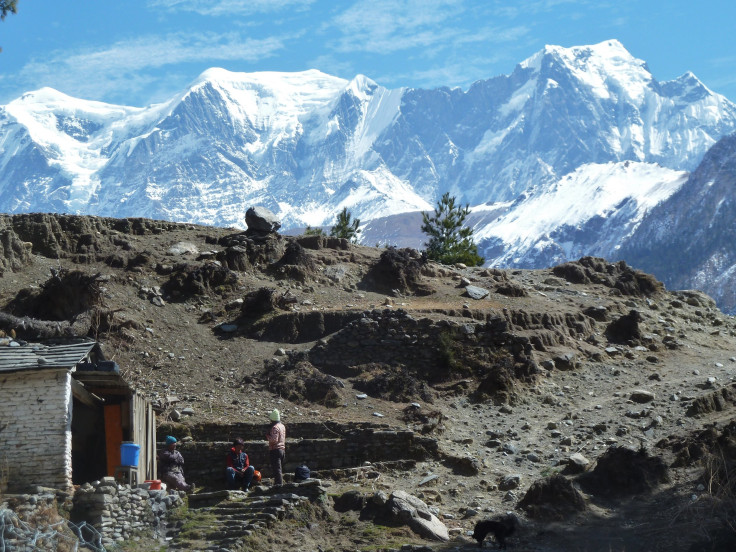
It’s not yet Tibet but not quite Nepal. Just south of the “Forbidden Kingdom” -- where hefty travel permits starting at $500 keep all but the well-heeled away -- Lower Mustang remains one of Nepal’s most popular trekking regions. Comprising the northwestern half of the Annapurna Conservation Area, this high altitude playground is as noteworthy for its natural wonders as it is for its cultural offerings at each of the picturesque villages tucked into the hills (Nepalese guides are quick to explain that everything under 5,000 meters is just a hill). If you've ever wondered what it would be like to be an ant crawling up the side of a picnic basket, this is the place for you.
Why travel to Lower Mustang in 2013? A winding, barely-there road following an ancient trade route through the Himalayas now connects the remote Mustang region with the outside world for the first time. Depending on what kind of traveler you are, this will come as either good or bad news. It’s good in that it makes this once-inaccessible frontier now accessible for nearly all types of travelers. In return, what was once a hiking trail is now a road, and ancient towns like Kagbeni have, gasp, computers and Internet. In reality, however, the road is typically only open in pieces and no traveler has ever reported seeing the Internet work at Kagbeni’s “Yak Donalds Internet Cafe” (yes, there is a Yac Donalds with Yak burgers aplenty).
Wellington, New Zealand

Wellington, ahem, the “Middle of Middle-earth” (as it would like to be known) is certifiably mad with Hobbit fever. Welcoming the world for the debut of the first film of the Hobbit franchise this November, Peter Jackson’s hometown changed its name, opened up a market to hawk small-folk paraphernalia and rolled out the red carpet in hopes of inspiring another wave of “Tolkien tourism.” Beyond Bilbo Baggins, Wellington is New Zealand’s ultra-compact “Capital of Cool,” with more cafes, galleries and bars per square mile than you’ll know what to do with. For a point of reference: If Auckland is New Zealand’s Sydney or Los Angeles, Wellington is its Melbourne or San Francisco.
Why travel to Wellington in 2013? New Zealand dished out millions of dollars in a controversial deal with Warner Bros. to use the Hobbit films to promote the island nation as a world-class film production and tourism destination. If it sounds a bit outlandish, consider this: The year before the first "Lord of the Rings" film came out and thrust a mythical vision of the islands in front of a global audience, the nation received 1.7 million visitors. Six years later in 2006, that number surged 40 percent to 2.4 million (thanks in no small part to the pulling power of Middle-earth). With “The Hobbit: An Unexpected Journey” breaking box office records, you can bet Tolkien buffs will be back for more in 2013.
Budi Lake, Chile

In a forgotten corner of Chile’s otherwise popular Lakes and Volcanoes district lies Lago Budi (Budi Lake), a saltwater lagoon formed after the devastating Valdivia earthquake and tsunami of 1960, the most powerful temblor ever recorded. Budi’s shores are home to Chile’s largest surviving native people, the Mapuche, and several families of Mapuche-Lafquenche have transformed this serene spot into a unique ethno-tourism destination where guests are invited to sleep in traditional fire-heated Ruka homes, work hand-in-hand with local craftspeople and eat hearty pumpkin and potato stews topped with spicy, mouth-burning Merken. While trips to visit South America’s other native inhabitants can feel a bit disingenuous, the communities of Budi Lake provide a more subdued and authentic glimpse of life at the tip of South America as it was for centuries.
Why travel to Budi Lake in 2013? What’s happened around Budi Lake has flown completely under the radar, and you’d be hard-pressed to find mention of this place in any guidebook for Chile. But in the span of about five years, the Mapuche community used a series of private grants to start an historical, cultural and environmentally sustainable development project to provide an economic base for one of Chile’s poorest communities. The idea of ethnic and environmental tourism is a relatively foreign concept in Chile (and indeed much of South America), so the project remains in its nascent stage. But at just an hour east of the regional capital of Temuco and three hours east of the popular resort town of Pucon, it’s only a matter of time before people discover the quite charms of this coastal indigenous community.
Abu Dhabi, UAE

Not as glitzy or cosmopolitan as its famous neighbor Dubai, many visitors nevertheless prefer the slower charms and more traditional touches of the nation’s capital. They certainly prefer the lack of traffic jams and hot-headed oil tycoons. Whereas Dubai dazzles with its Western touches, Abu Dhabi demurs, at least for now. It’s by far the wealthiest emirate and has chosen its construction projects slowly and wisely in an attempt to become a global leader of the future by fashioning itself as several things Dubai is not: a university town, a hub of eco-tourism and the art capital of the Middle East. When the recession hit Dubai, Abu Dhabi not only bailed out its neighbor, it kept on building. It’s in no hurry to be the star because it knows it’s already on its way.
Why travel to Abu Dhabi in 2013? Every year is a big year in Abu Dhabi, but the sprouting emirate will see an explosion of new hotels in 2013, including new additions from Ritz-Carlton, St. Regis, Novotel, W and Four Seasons. Indeed, between 2012 and 2015, Abu Dhabi anticipates 30 new hotels will rise on the shores of the Persian Gulf -- and it’s a good thing. Abu Dhabi now packs a busy calendar of events from Gourmet Abu Dhabi to the HSBC Golf Championship. In 2013, it will also host the World Future Energy Summit as well as several important arts festivals and regional sports championships.
Rio de Janeiro, Brazil
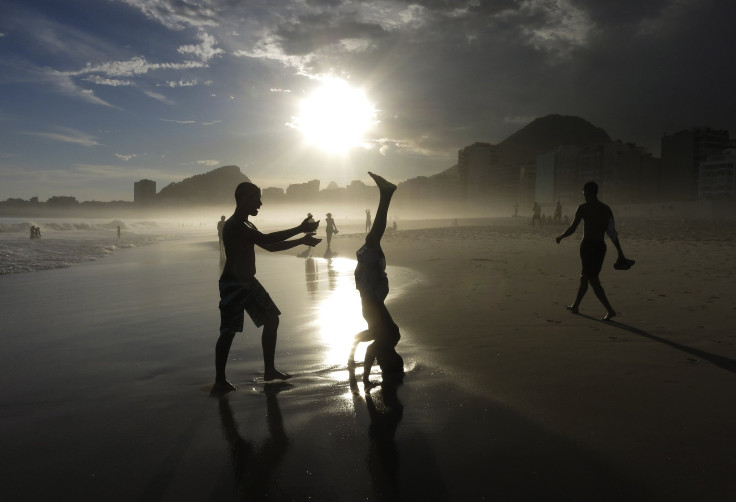
It’s as if Rio de Janeiro were created so that 6.3 million beautiful people could all look out at a beautiful landscape and think about how beautiful life is. This party-loving city makes headlines each year for its raucous carnival when, from Ipanema to Copacabana, the streets couldn’t be more alive with blaring blocos and seductive samba queens. Indeed, Rio’s residents have perfected the art of living well, and after a long day of fun in the sun, they need only look up toward the open arms of Christ the Redeemer to forgive their sins. Yet, beyond the glitter and gold, beyond the powdery beaches, scenic vistas and live-well mentality, lies a city ready to be taken seriously on the global stage.
Why travel in 2013? Everybody is excited about Rio de Janeiro. Need proof? A recent study by MasterCard claims Rio is the world’s most up-and-coming city destination for international travelers -- and it’s worked hard to cultivate this reputation by growing its global importance exponentially. It hosted the Rio+20 Earth Summit this year and will welcome the world to the FIFA World Cup in 2014. More importantly, it’s gearing up for its role as the first South American city to host the Olympic Games in 2016. Consider 2013 your preview of what’s to come.
Dubrovnik, Croatia
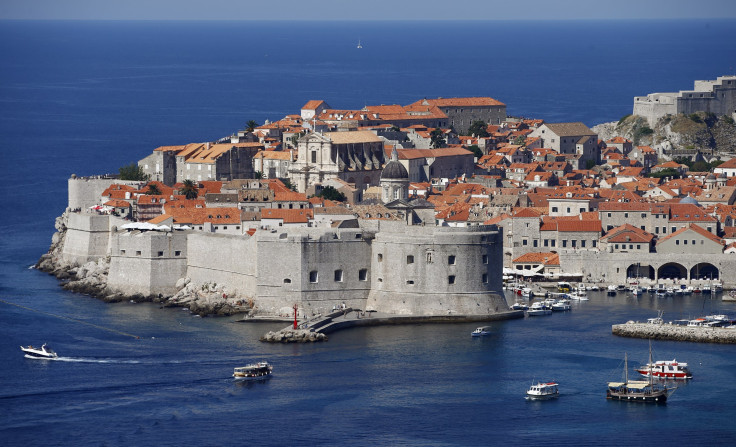
In 1991, the cheery town of Dubrovnik, Croatia, nearly lost a piece of its heritage. Artillery fire from invading Serbian and Montenegrin forces peppered the magnificent Gothic, Renaissance and Baroque buildings for seven months. Some 563 of the 824 buildings in Old Town were hit by projectiles, and nearly a dozen others were destroyed by fire. The "pearl of the Adriatic," as Lord Byron once called it, had lost its luster. A decade later, however, the walled city returned to its former glory with the help of Unesco. Two decades on, Dubrovnik is experiencing a renaissance of sorts, and it is poised to become one of the hottest destinations in Europe in the coming year.
Why travel to Dubrovnik in 2013? Twenty percent more residents of Great Britain visited Croatia in the first eight months of 2012 than in the same time period the year before. In fact, the nation has become so alluring for Brits that the Association of British Travel Agents will hold its annual assembly in Dubrovnik next year. Across the pond, North America’s largest travel agency franchiser Travel Leaders said bookings for Croatia in 2013 are up 35 percent over the previous year. But the real reason you should visit soon is this: Croatia is set to become the 28th member of the European Union in July 2013, and you know what that means. Anyone looking to snag a deal in this already expensive city has just a few months left to do so before prices are expected to skyrocket.
Jammu and Kashmir, India

After two decades of violence, India’s northernmost state once again looks as peaceful as it did when the hippies put it on the map during the heyday of the Asia Overland Route. And what brought in the hippies of the 1970s (and the Mughal warriors and Buddhist lamas before them) is the same thing that lures today’s intrepid travelers: The Himalaya high. The houseboats of Srinagar, the serenity of Dal Lake and treks out of Pahalgam have changed little in the years since Kashmir last welcomed throngs of thrill-seeking idealists. With roaring rivers, jagged cliffs and sky blue lakes, India’s final frontier is worlds away from the hustle and bustle of an increasingly modern subcontinent.
Why travel to Jammu and Kashmir in 2013? Cross-border bickering between India and Pakistan over the contested region is by no means over, but the area reported the fewest deaths this year since the anti-Indian insurgency began in 1989. As a result, the number of visitors in 2012 is expected to reach a record 2 million, up from a low of 27,000 a decade ago. Kashmir’s summer capital of Srinagar reported full hotels and airfare up by as much as 40 percent this past summer. Officials hope more tourism will mean more jobs for the largely unemployed Kashmiris, which will in turn keep violence down and peace flowing through the crisp Himalaya air.
Glacier National Park – USA
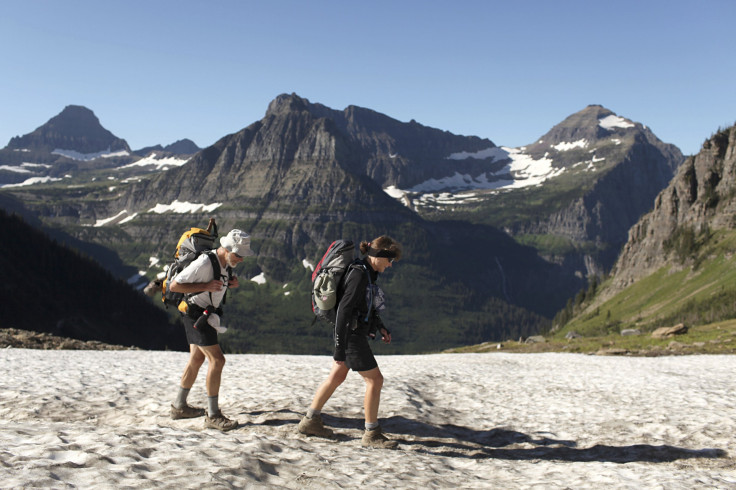
As recently as a century ago, there were as many as 150 glaciers strewn about Montana’s Glacier National Park, but warmer temperatures have reduced that number to about 25. Some scientists with the U.S. Geological Survey have warned that the rest of the glaciers may be gone by as early as the end of the decade. The rapid disappearance has made Montana's glaciers a poster-child for climate change, but the trend is not unique to the park. Roughly 90 percent of glaciers worldwide are in retreat, with major losses recorded across much of Alaska, the Alps and Andes. If the trend continues as predicted, a glacier-less Glacier National Park will not just lose some of its aesthetic appeal, it will lose melt water that helps sustain a constellation of unique plants and animals.
Why travel to Glacier National Park in 2013? If Glacier National Park was marketed like a car, it’s commercial would go something like this: “Time is running out to get the best deal on the 100 percent American-made Glacier National Park. With her rugged contours, chiseled valleys and crystal clear interior, she sets a new standard for American beauty. But remember: act quick. A park this exquisite will only be around while supplies last.”
© Copyright IBTimes 2024. All rights reserved.






















